
Exploring Nutrient Deficiencies in Succulents and Their Solutions
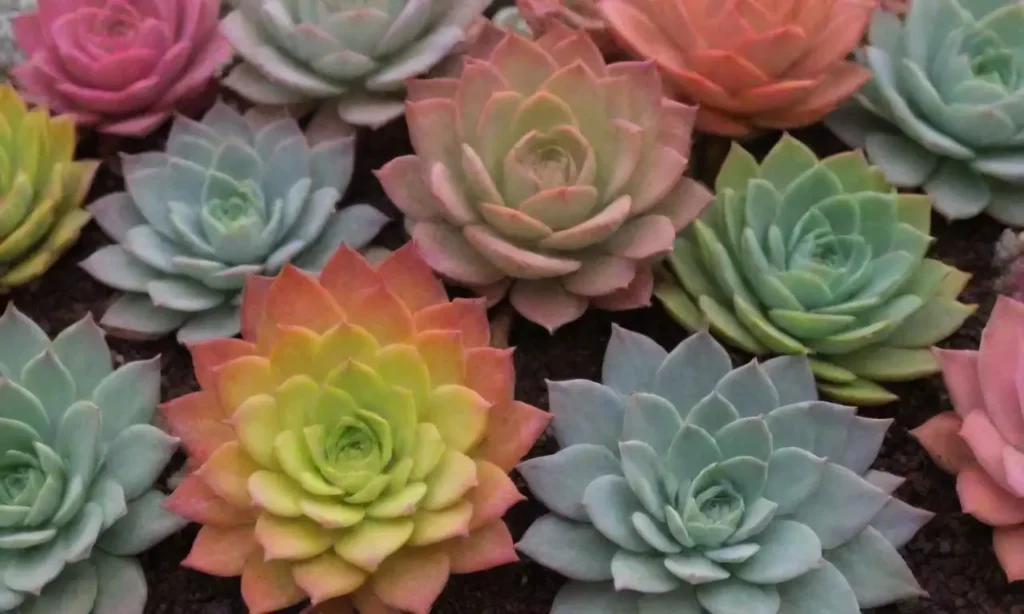
Introduction
Succulent plants have gained immense popularity due to their diverse shapes, sizes, and low maintenance requirements. However, like all plants, succulents need a balanced supply of nutrients to thrive. Unfortunately, many succulent lovers encounter the challenge of nutrient deficiencies, which can lead to stunted growth, discoloration, and even death of these beautiful plants. With the right knowledge and strategies, these nutrient issues can often be identified and successfully remedied.
This article aims to provide a detailed exploration of common nutrient deficiencies found in succulents, how to identify them, and practical solutions to rectify these problems. Whether you're a seasoned succulent owner or a beginner just starting your collection, understanding the nutritional needs of your plants will dramatically improve your gardening experience and the health of your beloved succulents.
Understanding Nutrient Needs of Succulents
Succulents primarily require six essential macronutrients: nitrogen (N), phosphorus (P), potassium (K), as well as secondary nutrients such as calcium, magnesium, and sulfur. These nutrients play vital roles in various physiological processes, including photosynthesis, energy transfer, and structural integrity.
- Nitrogen is crucial for vegetative growth, leaf production, and overall green color. It's primarily involved in the formation of proteins, enzymes, and chlorophyll.
- Phosphorus, on the other hand, contributes to root development, flower and seed production, and the energy transfer within the plant. This element is especially important during the flowering season.
- Potassium aids in regulating plant metabolism, water uptake, and photosynthesis, while also bolstering disease resistance.
While macronutrients are essential, micronutrients such as iron, manganese, zinc, and copper are also crucial, albeit needed in smaller quantities. They support enzyme functions, and the overall metabolic processes within succulents, ensuring optimal health.
Common Nutrient Deficiencies in Succulents
Identifying specific deficiencies is key to addressing the problems in your succulents. There are several common nutrient deficiencies that these hardy plants may face, and each has distinctive symptoms.
Nitrogen Deficiency
Nitrogen deficiency is one of the most prevalent issues with succulents. The cause often stems from using low-nitrogen fertilizers or poor soil composition. This deficiency is characterized by yellowing leaves, particularly older leaves, as nitrogen is mobile within the plant and moves from older parts to newer growth.
As nitrogen levels dip, you may also notice reduced growth rates, with smaller and less robust leaves, and an overall sluggish appearance. In some cases, the succulent may start to exhibit a stunted shape, struggling to reach optimum height or lushness.
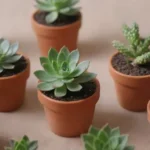 How to Avoid Over-Fertilizing Your Succulents: Key Strategies
How to Avoid Over-Fertilizing Your Succulents: Key StrategiesTo remedy nitrogen deficiency, consider applying a balanced, water-soluble fertilizer that includes nitrogen, or choose a fertilizer higher in nitrogen during the growing season. Additionally, incorporating nutrient-rich organic matter, like well-decomposed compost or worm castings, into the soil can significantly enhance nitrogen levels.
Phosphorus Deficiency
Phosphorus deficiency in succulents presents itself through stunted growth, dark green leaves with purple or reddish pigmentation at the edges, and an increase in flower production that may still appear poor. This deficiency can often arise from overly acidic or alkaline soils that limit phosphorus availability.
Apart from visual signs, a phosphorus-starved succulent may produce fewer roots, leading to poor overall health and susceptibility to pests and diseases. The roots, especially young ones, may appear weak and less developed.
To combat phosphorus deficiency, choose fertilizers designed to enhance root development. Organic options such as bone meal can be beneficial since they release phosphorus slowly over time. Always ensure that the soil pH level is balanced; ideally, it should fall between 6.0 to 7.0, to allow for optimal phosphorus solubility.
Potassium Deficiency
Potassium deficiency can often be difficult to diagnose as its symptoms may closely resemble those of other nutrient deficiencies. The classic signs include yellowing of leaf margins, with leaves often curling inward or becoming brittle. In succulents, this can lead to increased susceptibility to climate extremes or diseases, compromising their overall vitality.
As potassium plays a significant role in the plant's water regulation, insufficient levels can lead to weak cell walls and poor tissue health. Affected plants may appear more fragile and may even drop leaves prematurely.
For improving potassium levels in your succulents, a potassium-rich fertilizer is the best option. Look for fertilizers containing potassium sulfate or potassium nitrate for a quick boost. Regular soil amendments with organic materials can help maintain a balanced and nutrient-rich substrate for your succulents.
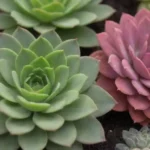 Essential Fertilizing Tips for Growing Lush Succulents Outdoors
Essential Fertilizing Tips for Growing Lush Succulents OutdoorsOther Nutrient Deficiencies
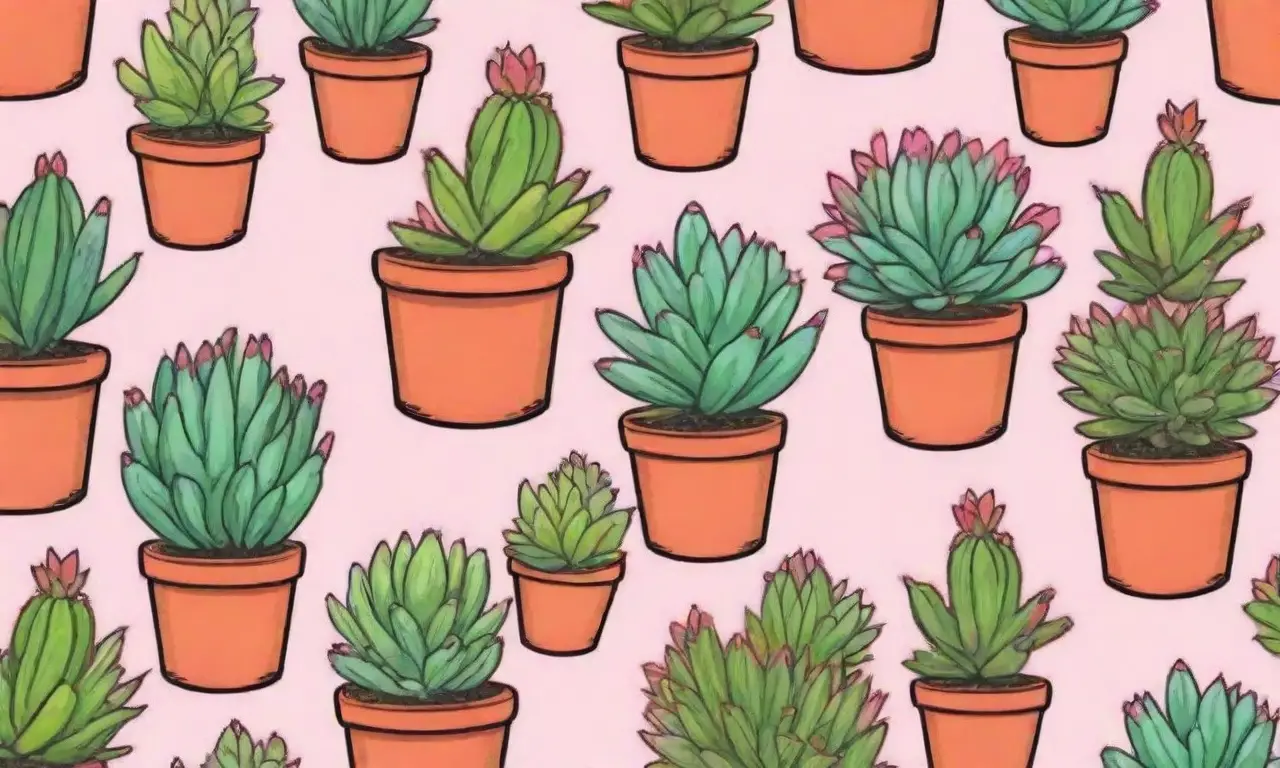
In addition to the primary macronutrients, succulents can suffer from deficiencies in essential micronutrients like calcium, iron, and magnesium. Each micronutrient brings its unique set of challenges and symptoms.
Calcium Deficiency
Calcium deficiency often manifests through soft, weak leaf structures, especially at new growth points. You may also notice a phenomenon known as "tip burn," where new leaves die back before fully developing. Calcium is crucial for cell division and the overall structural integrity of the plant.
Avoid using overly acidic fertilizers or planting succulents in peat-based soils that may not retain the necessary calcium content. To correct calcium deficiency, consider utilizing gypsum or lime in your soil composition, helping to buffer the acidity while supplying calcium.
Magnesium Deficiency
Magnesium deficiency is characterized by interveinal chlorosis, where the spaces between the leaf veins turn yellow while the veins themselves remain green. This condition significantly impacts overall plant health and can lead to poorly formed leaves and reduced photosynthetic efficiency.
To address magnesium deficiency, it's prudent to apply Epsom salt dissolved in water, providing a quick remedy. Regular soil testing can also help pinpoint nutrient imbalances that may be creating such deficiencies.
Iron Deficiency
Lastly, iron deficiency causes yellowing of young leaves while older leaves remain green. Succulent plants may become particularly weak and pale as this essential micronutrient is necessary for chlorophyll synthesis.
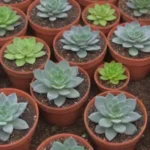 Creative Ways to Incorporate Fertilizer into Your Succulent Care
Creative Ways to Incorporate Fertilizer into Your Succulent CareTo resolve this issue, you can apply specific iron chelates that are readily absorbed by plant roots, or utilize organic compost that naturally contains iron.
Conclusion
Understanding and addressing nutrient deficiencies in succulents is an essential aspect of successful plant care. With the knowledge of identifying the symptoms of nitrogen, phosphorus, potassium, and other micronutrient deficiencies, succulent owners can diagnose and resolve issues effectively. Implementing proper fertilization, enhancing soil quality with organic amendments, and maintaining balanced watering practices are fundamental to encouraging lush, healthy growth in your plants.
As a succulent enthusiast, it’s crucial to take note of environmental factors that influence nutrient absorption, such as soil type, pH balance, and light conditions, as each of these can greatly impact the overall health of your succulent collection. By taking a proactive approach in assessing and rectifying potential nutrient deficiencies, you create thriving environments for your succulents, ensuring their beauty continues to flourish.
Ultimately, addressing these nutrient issues not only safeguards the individual plants, but also fosters an appreciation for the intricate balance of nature, making your succulent journey all the more rewarding. Whether you’re nurturing a single plant or cultivating an expansive collection, keeping a watchful eye on their nutritional needs ensures a vibrant and flourishing gardening experience.
If you want to read more articles similar to Exploring Nutrient Deficiencies in Succulents and Their Solutions, you can visit the Fertilizing tips category.

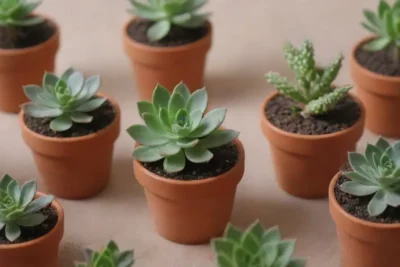
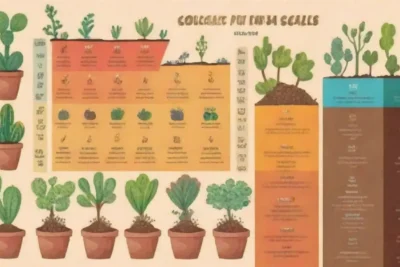
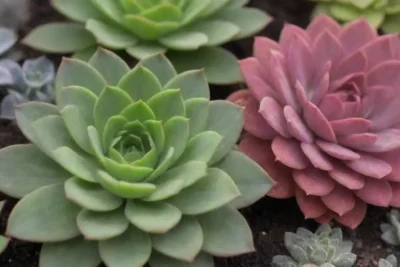
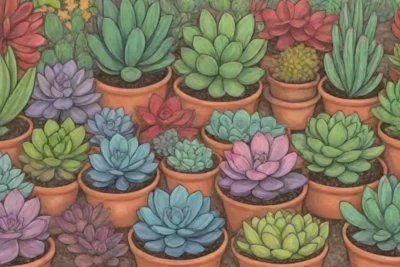
You Must Read